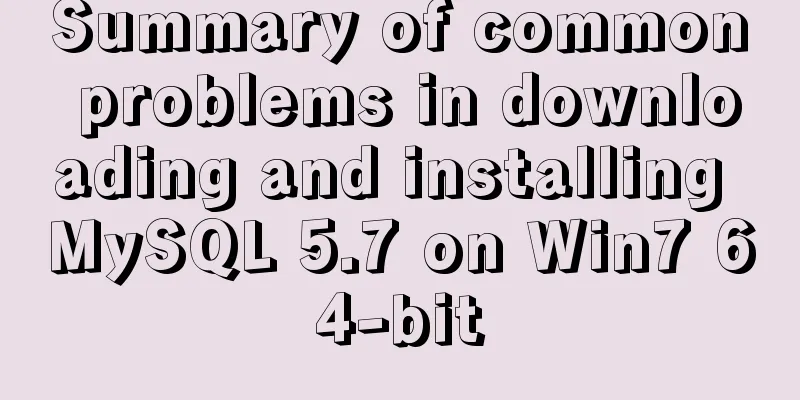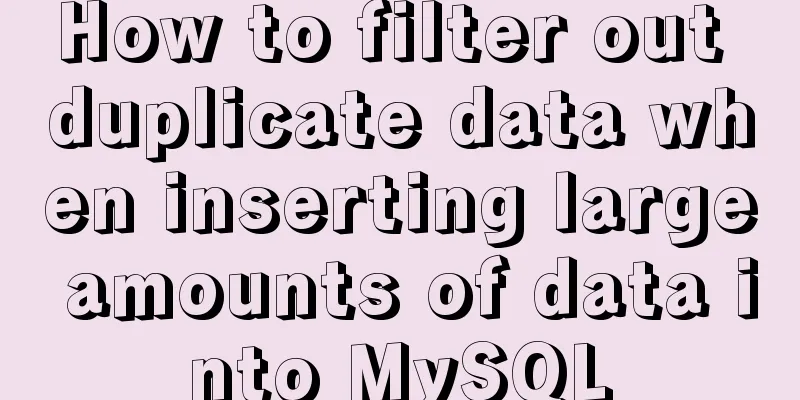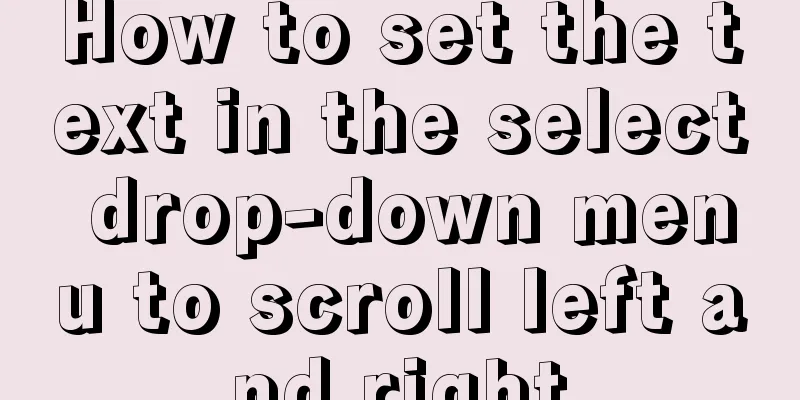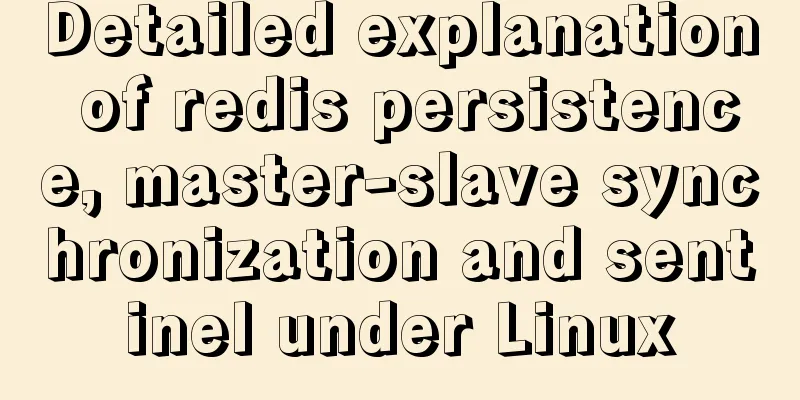What should I do if I can't view the source file of a web page?

|
Q: Whether using Outlook or IE, when you right-click your mouse, there will be an option called "View Source File" in the pop-up shortcut menu. Strangely, the source file of the email or web page cannot be displayed on my computer, although this does not affect the normal use of the software. Is this because I installed an upgrade or patch from Microsoft that caused this function to be automatically blocked? Is there a way I can re-enable this functionality? You know, not being able to view the source file is a very troublesome thing, especially for Outlook users. Take me for example. Whenever I receive an email with a URL link, I always check its source file first and make sure it is safe before clicking on it. A: If you are not sure whether an email in your inbox or a website page you need to browse contains a virus, you can view the background HTML source code by clicking "View Source File". If the URL shown in the source file does not match the actual link, then there is something wrong with the email or web page. If the "View Source File" function is not available, it is really troublesome. There are many reasons that may cause this problem, which are listed below: The first is that when the browser cache is full, the "View Source" function will fail. If you want to determine whether your computer falls into this category, you can click "Internet Options" "General" tab in the "Tools" menu of IE, and then click the "Delete Files" button in the "Temporary Internet Files" column. In the second case, when you open certain special browser windows (such as web pages written in JavaScript scripting language), the "View Source File" function will also become invalid. If you can't "view source" when browsing any web page, then this is not the case. In the third case, when a web page has not been completely loaded to the desktop, the "View Source" function is also unavailable (in this state, the "Save As" option in the "File" menu is also blocked). This isn't really a problem. In the fourth case, check the Windows folder. If Notepad.exe cannot be found, the "View Source File" function will be unavailable. In the fifth case, if the TEMP (or TMP) environment variable points to a non-existent folder, the "View Source File" function will also be unavailable. Open a command prompt window and type SET TEMP (or SET TMP) to view the values of these variables. In the sixth case, the validity of the command line can also be limited through registry settings. First, click the "Start" menu and type "REGEDIT" in the Run dialog box to bring up the Registry Editor. Click "HKEY_CURRENT_USERSoftware PoliciesMicrosoftInternet Explorer Restrictions" and find a value named NoViewSource in the right pane. If the current value data is set to 1, double-click it and change the value data to 0. In the seventh case, by checking the registry settings, you will also find that if the specified calling program is incorrect, the "View Source File" function will fail. Call up the Registry Editor and click "HKEY_LOCAL_MACHINESoftware MicrosoftInternet ExplorerView Source EditorEditor Name". If the key exists, the default "value name" displayed in the right pane should be the full path of the Notepad program, usually in the form of "C:windowsnotepad.exe". If the key does not exist, first verify the correct location of the Notepad program, then double-click the default key value to modify the incorrect path. In the eighth case, the group policy settings may also block the "View Source File" menu item. From the Start menu, open the Run dialog box and type GPEDIT.MSC. If a prompt box pops up on the desktop, saying that the file name is incorrect, it means that the failure of the "View Source" function has nothing to do with the group policy setting; otherwise, a "Group Policy Editor" window will pop up on the desktop. Click "User ConfigurationAdministr-ativeTemplatesWindows ComponentsInternet ExplorerBrowser" and find View menu: Disable Source menu in the right pane. If this key value is set to "Enabled", change it to "Disabled". Note that the first situation described above (i.e. the failure of the "View Source File" function due to too many temporary Internet files saved by IE) is the most common (as shown in the figure). If the feature still does not work after deleting all offline content, check the following possibilities one by one until the problem is solved. |
<<: Detailed explanation of the hierarchical relationship problem caused by CSS positioning
>>: Solution to the error reported by Mysql systemctl start mysqld
Recommend
Basic knowledge of MySQL database
Table of contents 1. Understanding Databases 1.1 ...
Flash embedded in HTML Solution for embedding Flash files in HTML web page code (Part 1)
According to Chinese custom, we are still celebra...
A brief analysis of the examples and differences of using nohup and screen to run background tasks in Linux
Using SSH terminal (such as putty, xshell) to con...
How to connect a Linux virtual machine to WiFi
In life, the Internet is everywhere. We can play ...
A simple explanation of MySQL parallel replication
1. Background of Parallel Replication First of al...
Detailed tutorial on installing Python 3 virtual environment in Ubuntu 20.04
The following are all performed on my virtual mac...
How to deploy Oracle using Docker on Mac
How to deploy Oracle using Docker on Mac First in...
How to install Windows Server 2008 R2 on Dell R720 server
Note: All pictures in this article are collected ...
jQuery implements article collapse and expansion functions
This article example shares the specific code of ...
CentOS7.5 installation tutorial of MySQL
1. First check whether the system has mysql insta...
Solution to the problem of not finding Tomcat configuration in Intelli Idea
I joined a new company these two days. The compan...
Hide div in HTML Hide table TABLE or DIV content css style
I solved a problem tonight that has been botherin...
JavaScript to implement the function of changing avatar
This article shares the specific code of JavaScri...
Detailed explanation of MySQL Limit performance optimization and paging data performance optimization
MySQL Limit can query database data in segments a...
Summary and examples of vue3 component communication methods
The communication modes of vue3 components are as...









